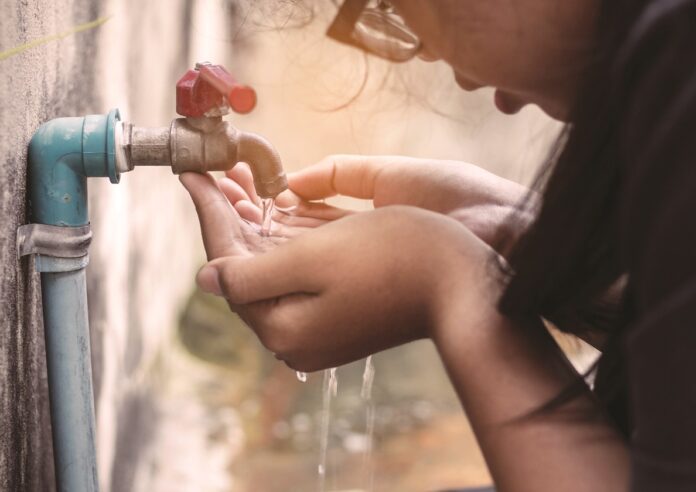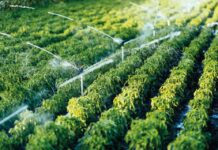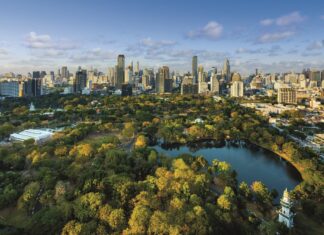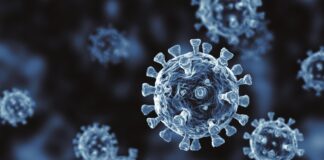An annual shortfall of between $131.4bn and $140.8bn must be filled if the UN Sustainable Development Goals (SDGs) for universal access to safe water and sanitation are to be achieved, according to a new report from the World Bank.
Funding A Water Secure Future: An Assessment of Public Spending quantifies government spending on water and provides analysis of the funding gaps that are required to be filled if public needs are to be met.
The report finds that annual spending in developing countries amounts to $164.6bn, approximately 0.5% of gross domestic product. It also highlights low budget execution rates and inefficiencies as critical weaknesses of the sector and calls for increased private investment, more long-term investment, and a reform of the sector to support the UN’s SDGs.
Sub-Saharan Africa and South Asia face the largest spending gaps.
The report underscores the importance of governments investing more in WASH services and using funds effectively. Key recommendations include:
● Reducing the inefficiencies of water service providers by prioritising cost-effective utility operations and improving investment planning for infrastructure development and technology upgrades.
● Minimising disparities in access to water services by targeting investments and water subsidies to poorer and rural communities.
● Catalysing the flow of long-term private and international finance by using risk-pooling arrangements, public sector guarantees, and catalytic capital to invest more, and more often, in water resources.
● Implementing reforms, including the improvement of cost recovery and demand management, developing government capacity and human capital, and strengthening data access, transparency and communications.








